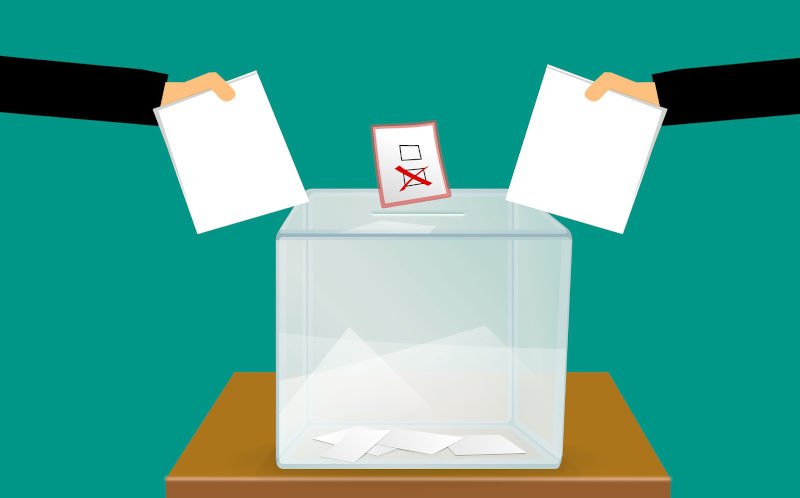Green preferences may decide seats for Independent candidates
March 4, 2022
_Results from the 2019 federal election and the Willoughby by-election suggest that green preferences are likely to decide whether Independent candidates can win previously safe coalition seats.
_
Analysis of the last federal election results in seats with strong independent candidates and the recent NSW by-elections suggest Green preferences could decide whether Independent candidates can win key seats.
It is dangerous to read too much into any by-election. When they are for state seats while the forthcoming election will be federal it makes detailed assessment even more risky.
The recent NSW by-elections produced a wide range of different results which give only a weak sign of the standing of the NSW government and even less insight into the Morrison governments standing in NSW.
The only serious indication of potential federal implications was the big swing to an Independent candidate in Willoughby.
While there is a lot of water to flow under the bridge before the federal election, particularly while the drums of war are beating around Ukraine, the Willoughby result does appear to be an indicator of an important trend.
The result in Bega must be encouraging for Labor in Gilmore, but the impact of Andrew Constance as the Liberal candidate is an unknown there. The result in Strathfield will probably encourage the Liberals to feel they have a chance of holding on in Reid but local factors may have been in play here. The result in Monaro is ambiguous and really provides no insight into a likely federal result in Eden-Monaro, if and when the Liberals finally choose a candidate.
Therefore, the potentially important trend to examine is the upsurge in votes for Independent candidates in otherwise safe coalition seats.
This is not a new phenomenon but it has taken on new strength with a conjunction of circumstances generating support for a growing number of Voices of candidates with real chances of success in the next federal election.
While some of the seats of most interest are in other states, such as Curtin in WA and Goldstein in Victoria, the Willoughby result can only be taken as an indication of possible trends in urban NSW.
In Willoughby, the Liberal vote was down by 18%, the same independent candidate as last election lifted her vote by 20%, the Greens were up slightly and Labor, which won 14% last time chose not to contest the by-election.
Even after discounting for the fact that there is always potential for a protest vote in by-elections and recognizing that Gladys Berejiklian was the premier at the general election this is a result that should worry Scott Morrison.
Applying a rough formula which tries to take into account the discounting factors from Willoughby and the results in 2019 the seats which appear most at risk to Independents in Sydney are Mackellar and North Sydney with more distant possibilities in Berowra and Bradfield.
The impact on Wentworth is more difficult to assess as the Kerryn Phelps vote was so strong last election. However, it will obviously be a hard-fought election between Dave Sharma and Allegra Spender.
The other two wild-card seats are Bennelong and Hughes. The ALP put in a big effort in Bennelong last time and if they do as well again (34%) no Independent will have a chance. However, if a strong Independent emerged it could prove interesting. The other seat to look at in Sydney is Hughes. The current member, Craig Kelly, is now running for the UAP. The Liberals are unable to agree upon a candidate and may even drop in a North Shore candidate over the wishes of the locals. There are two Independents running strongly here but it is impossible to predict what will happen. At the last election Kelly received 53% of the primary vote and Labor got 30%.
A key factor in all these seats may be what the Greens do with their preferences. Relevant results from 2019 suggest that they may well come 4th on the primary vote. In 2019 the Greens primary vote was down by 7% in Wentworth and 6% in Warringah compared to 2016. This is a rational voter response for those concerned with issues like climate change. If this happens in the key seats again in 2022 the Greens will come 4th. Should their preferences flow to the Independents this raises the prospect of the Independent getting ahead of Labor. This would then mean that Labors preferences would flow to the independent and generate a serious chance of upsetting the sitting Liberal.
Given the slim majority the coalition holds in this parliament and the slightly negative impact on their chances of the redistribution of boundaries, as soon as the Morrison government loses a single seat, they are in minority territory. This makes seats such as North Sydney and Wentworth very important at this election and potentially for years to come.
Current trends in Queensland and Western Australia do not suggest that Australia is heading for a hung parliament, but the possibility exists. Whether this happens or not the fate of independents in safe coalition seats will be an important medium-term influence on policies like climate change and corruption. This may lead to more attention being paid to issues of concern to affluent suburbs in the cities. It may even lead to a break with the Nationals until they can rid themselves of the extreme climate denialists and pork barrellers who seem to dominate the Nationals at the moment.
